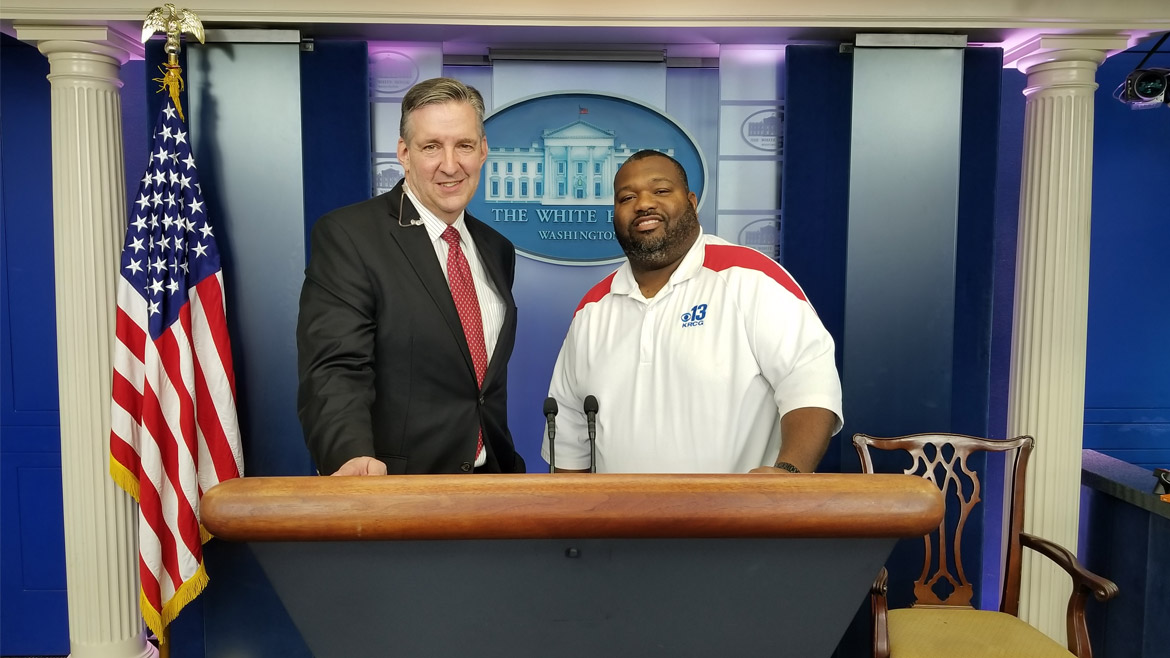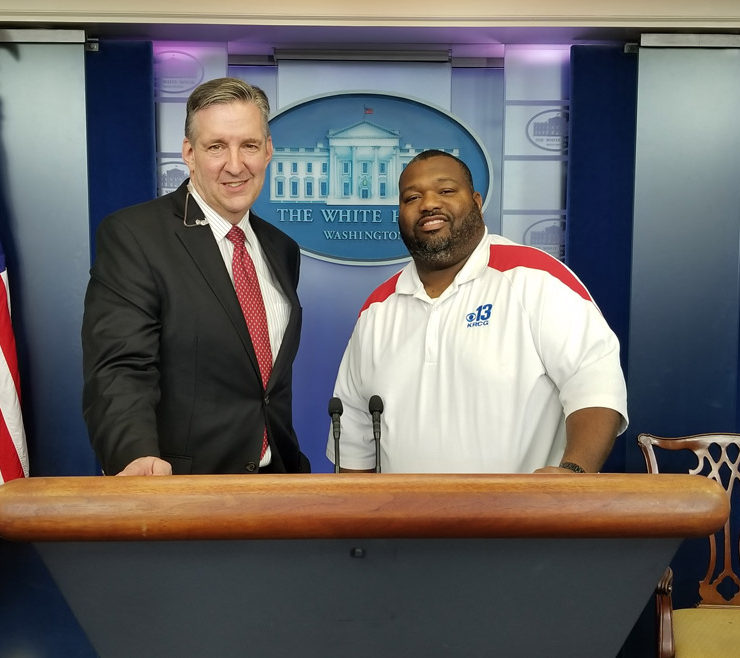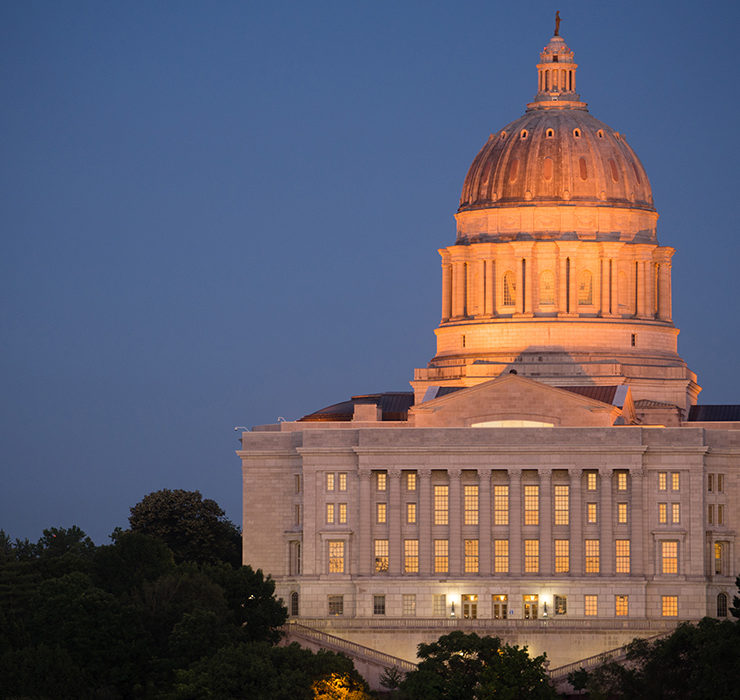GM Expands in Wentzville

As often as not, something significant, with the potential to push everything else aside, will stay off the radar at the beginning of the legislative session and emerge at the end of the session.
Such is the case with an incentives plan to entice General Motors to invest hundreds of millions of dollars in a truck and van assembly plant in Wentzville, about 40 miles west of St. Louis. It’s a debate no one knew they were going to have until the final two weeks. It’s a debate that tied up work on the state budget and threatened the passage of other key bills.
On May 2, Governor Mike Parson met behind closed doors with House and Senate leaders, local government and business leaders from Wentzville, and representatives from GM. Then he spoke publicly for the first time about what was going on with the automaker.
GM was poised, apparently with the right incentives, to invest as much as a billion dollars in a plant that employs upwards of 3,500 people at average salaries north of $80,000. It’s a plant that generates work for an additional 12,000 people in Missouri who have jobs at businesses that supply the automotive industry here.
Senate President Pro Tem Dave Schatz, of Sullivan, called it “the kind of economic development opportunity that Missouri can’t afford to ignore.” Freshman Senate Republican Justin Brown, of Rolla, said the incentives plan was “good policy that will benefit the entire state of Missouri.”
At the time, neither GM nor the governor’s office offered specifics. A major question left unanswered is whether this was an all-or-nothing situation. If GM would decide not to expand at Wentzville, would the pendulum swing in the opposite direction and the plant be closed? While that did not seem likely, everyone was painfully aware of the company’s decision last fall to close five manufacturing centers in North America and to lay off more than 14,000 workers.
Within a couple of days, the administration hammered out a plan to offer General Motors $50 million dollars in tax incentives — $5 million annually over 10 years — if the automaker would invest at least $750 million dollars in the Wentzville plant. With no time to draft new legislation, nor run it through the committee hearing process (one of several sore points for critics), the incentives plan got tacked on as an amendment to a senate workforce development bill already before the house.
The final package gave Parson his “Fast Track” job training scholarship program for qualified adults (although the state budget submitted by lawmakers includes $10 million for the program, not the $22 million Parson had requested). It also created the Missouri One Start program, a revamping of the current worker recruitment and training assistance provided by the state. The plan set up what economic development people call a “closing fund,” essentially money controlled by the Department of Economic Development as a negotiating tool to close time-critical development deals. Critics would label that a slush fund and decry the plan as corporate welfare.
Parson fanned the flames of urgency for lawmakers, and not only because of the looming May 17 adjournment deadline, but because Missouri was in a competitive situation with other states for the expansion money and GM had indicated it intended to make a decision before June.
Nearly a decade earlier, then-Governor Jay Nixon brought lawmakers back into a summertime special session to approve incentives for the Ford assembly plant in Claycomo. And state officials say incentives provided since then have resulted in better-than-promised growth at the Ford plant. But those incentives were tied to a defined number of additional jobs. What bothered lawmakers about the GM plan was the decision to tie the money to investment, but not to jobs. Critics say GM simply could decide to put all the money into robotics without adding to the payroll at the Wentzville plant. And the company never committed to a specific retention percentage for the current jobs in Wentzville.
Following three and a half hours of debate, the Missouri House approved the GM package by a vote of 92-51, sending the legislation back to the Senate, where conservatives had already drawn a line in the sand. A group of six, led by St. Charles County Republicans Bill Eigel and Bob Onder, held the floor for almost 28 unbroken hours, reading from books and newspaper articles and, at one point, even reciting Ronald Reagan’s 1980 Republican National Convention acceptance speech.
Just after 6 p.m. on May 14 — 72 hours before the session adjourned — the Senate filibuster ended with the conservatives deciding there was something they needed more than they needed to kill the GM deal.
After the GM bill was on its way to his desk, Governor Parson issued a statement calling the vote “a complete victory for Missourians and jobs in every corner of the state.” Time will tell, but clearly it was a victory for a man who inherited the governor’s office under difficult circumstances and who immediately defined infrastructure and workforce development as the priorities in a Parson administration. The governor concluded, “We are now on track to be one of the most pro-growth, pro-jobs administrations in Missouri history.”







